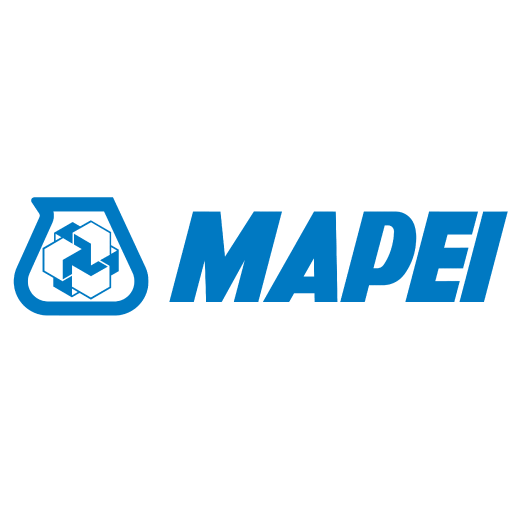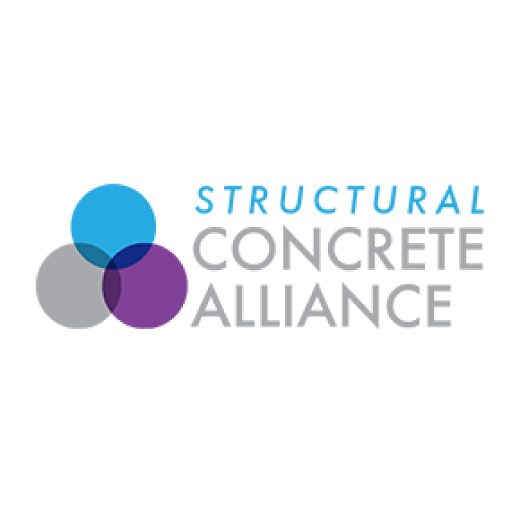Technical Advice:
Corrosion Control
Reinforced concrete degrades and fails for a number of reasons including impact or fire damage, overloading and effects of carbonation and/or chloride attack.
Traditional concrete repairs have successfully been employed to reinstate structural integrity using polymer modified repair mortars, flowable concretes and epoxy resins. The use of cementitious fairing coats, high performance coatings and surface sealers will reduce the rate of corrosion of the reinforcement where failure is due to either carbonation and/or chloride attack.
Once the concrete loses its alkalinity the reinforcement becomes an anode. By nature of the patch repair process, once a repair has been carried out and alkalinity restored, the reinforcement in the patch becoming cathodic. This incipient anode effect will eventually result in latent failure at the edges of repairs and can lead to chasing repairs over a number of years as often seen on car park decks. (See our photo).
On many structures this effect can be slowed by the use of a coating system as described above.
There are situations, however, where either the use of a coating is not appropriate or where the level of carbonation or chloride attack is unacceptable. These may include exposed concrete slabs, decorated structures or in marine structures.
In these situations there are a number of options that the specifier can consider in conjunction with the traditional concrete repair process.
Migrating Corrosion Inhibitors (MCIs) are liquids applied to concrete surfaces and are designed to migrate to the reinforcement and provide a protective barrier. There is a need for the concrete to be free of coatings, loose materials and contaminants.
Where the removal of existing coatings is undesirable, perhaps because of cost or practical issues, or where cladding limits access to the concrete frame, capsules containing an MCI can be drilled for and installed and the holes then made good.
Alternatively, electrochemical systems may be used. Sacrificial anodes, mortar lozenges with zinc cores, can be inserted into traditional concrete repairs to provide protection against the incipient anode effect described above.
Alternatively, electrochemical systems may be used. Sacrificial anodes, mortar lozenges with zinc cores, can be inserted into traditional concrete repairs to provide protection against the incipient anode effect described above.
Larger units can be installed to control corrosion in as yet undamaged concrete and a half-cell potential survey will identify those areas at greatest risk. These are interconnected with wire in a grid pattern and installed into predrilled holes over the whole or part of a structure.
A preformed ‘life jacket’ system is also available for semi-submerged structures.
Impressed current Cathodic Protection is used where surface access is limited and there is a high concentration of steelwork. It utilises discrete anodes and an AC/DC rectifier to halt the corrosion.
Ready to discuss your project?
Whatever your project requirements, we’re happy to take on a full turn key service, or assist with those areas you’d like to outsource.
Our team covers London and the South-East.
OUR PARTNERS & ACCREDITATIONS


























